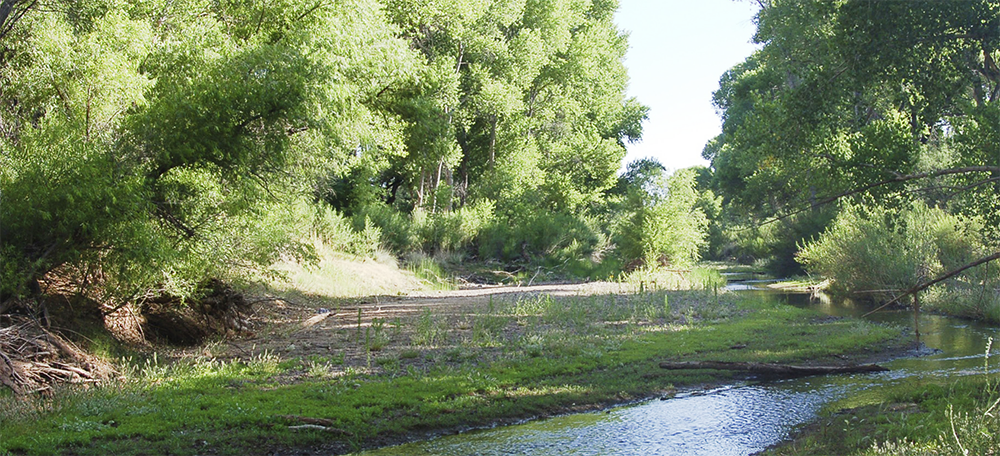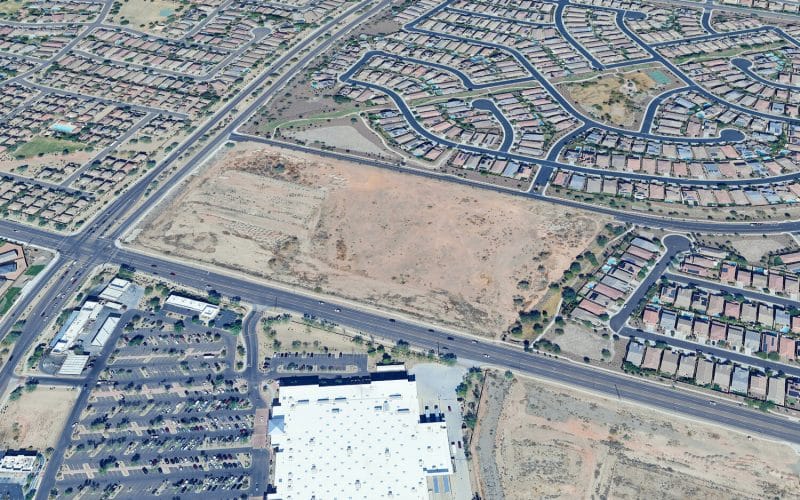A drying up section of the San Pedro river
By Ian James | Arizona Republic
In the driest of times, when the desert grasslands of southern Arizona are baked to a grayish brown, you can step into the shade of a green oasis of cottonwoods and willows, where flycatchers, sparrows and hummingbirds glide over flowing water.
More than 350 species of birds rely on this thriving habitat, many of them stopping to feed on their long migrations. The entire ecosystem depends on the San Pedro River. And the river’s base flow is sustained year-round by groundwater, which seeps from the soil and forms a slow-moving stream beneath the trees.
PICTORIAL: Explore the Verde River and see how its groundwater levels are shrinking
The aquifer that nourishes the San Pedro is the same water source used by tens of thousands of people in surrounding towns. For decades, wells that supply the growing communities have pumped heavily from the aquifer, drawing down the water table.
The river has long inspired passionate defenders who have warned of its fragility. For years, some conservation activists have appealed for limits on groundwater pumping to help the river survive. They’ve grown increasingly concerned as climate change has pushed temperatures higher and contributed to years of severe drought in the Southwest. And they watched with alarm during the past several months as flowing stretches of the river declined to some of their lowest levels on record, in places nearly running dry before the monsoon rains in July sent pulses of water into the channel.
Despite that temporary boost, some people who have been watching the river for years say they fear that without urgent steps to protect the aquifer, growing portions of the river could soon dry up and stop flowing year-round.
“We’re at this point where if we’re not successful in significantly lowering the amount of groundwater pumping, then we’re going to lose the river,” said Robin Silver, an activist and co-founder of the Center for Biological Diversity. “You’re never going to stop all the pumping. But you have to stop enough so that you stop the drawdown.”
Under Arizona law, there are no rules limiting how many wells can be drilled or how much water can be pumped from wells near the river. Hundreds of new wells have been drilled in the watershed as development has expanded, and groundwater levels have declined in many areas.
Silver’s group has gone to court to try to force the federal government to reexamine water use in the area of Fort Huachuca, arguing the Army base is responsible for a significant portion of the pumping that threatens the river and the endangered species that depend on it. The case in U.S. District Court could settle long-running disputes between conservationists and the government about water use linked to the base, and could in turn affect how much groundwater is pumped in the future.








